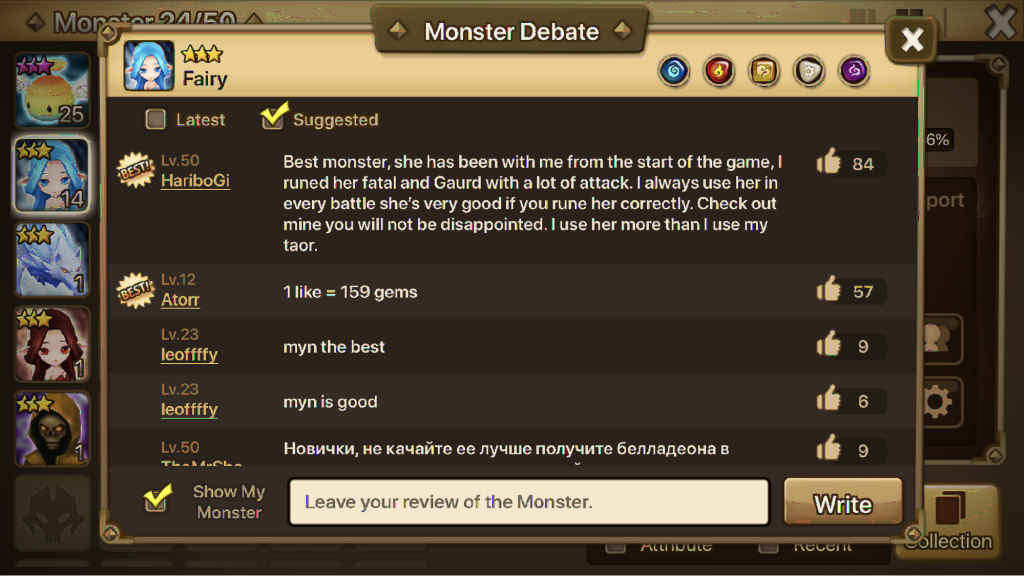Bully Tee Blog
Your go-to source for everything related to bullies and tee culture.
Virtual Item Economy: Where Pixels Turn to Profit
Dive into the world of virtual item economy and discover how pixels can transform into real profits. Unlock your digital fortune today!
Understanding the Virtual Item Economy: How Pixels Become Profits
The virtual item economy refers to the burgeoning market where digital goods and assets are created, traded, and monetized within virtual environments, such as video games, online marketplaces, and virtual reality platforms. These pixels hold real value; they can range from in-game currency and skins to rare collectibles and digital art. As players and consumers engage with these virtual goods, a complex ecosystem emerges, where demand can skyrocket, leading to substantial profits for creators and sellers. Understanding this economy is essential, as it reshapes how we perceive ownership and value in the digital age.
In this dynamic marketplace, one key aspect is the ability to convert pixels into profits through various monetization strategies. Items can be bought, sold, or traded on platforms such as Steam Market or OpenSea, where users can showcase their collections while others seek to purchase unique pieces. Furthermore, the rise of blockchain technology has introduced a new layer to this economy, allowing for true ownership of digital items as NFTs (non-fungible tokens). As more individuals and brands invest in the virtual item economy, understanding the trends and mechanisms behind each transaction becomes crucial for anyone looking to thrive in this digital landscape.

Counter-Strike is a popular series of tactical first-person shooter video games that focuses on team-based gameplay. Players can choose to play as terrorists or counter-terrorists, completing objectives such as bomb defusal or hostage rescue. For those looking to enhance their gaming experience, using a daddyskins promo code can provide valuable in-game items and skins.
Top 5 Ways to Monetize Your Virtual Items
In today's digital landscape, the value of virtual items cannot be overstated. Many gamers and digital creators are discovering various ways to monetize their virtual items effectively. Here are the top 5 methods you can consider:
- Sell on Marketplace Platforms: Websites like eBay, Etsy, or specialized gaming marketplaces allow you to list your virtual items for sale, reaching a broader audience.
- In-game Trading: Some games have built-in systems for trading items between players. Take advantage of these systems to make direct sales to other gamers.
- Offer Customization Services: Utilize your skills to customize items for other users for a fee, capitalizing on the demand for personalized virtual goods.
- Create Exclusive Content: Develop and sell unique virtual items or bundles that cater to niche markets, attracting dedicated buyers.
- Join Affiliate Programs: Partner with gaming companies or virtual item distributors to promote their products for a commission on sales generated through your referrals.
Implementing these strategies can pave the way for successful monetization of your virtual items while also providing value to the community. Remember, building a solid reputation and engaging with your audience can significantly enhance your selling potential. Whether you're a gamer or a digital creator, exploring these avenues can turn your virtual inventory into a profitable venture.
Is Investing in Virtual Goods the Future of eCommerce?
As we transition into a more digital-centric world, the investment in virtual goods is increasingly becoming a focal point for eCommerce strategies. Virtual goods, such as in-game items, digital collectibles, and NFTs (non-fungible tokens), have seen a surge in popularity, particularly among younger consumers who value unique digital ownership. With the rise of virtual reality (VR) and augmented reality (AR), the demand for immersive experiences is driving this market forward. This shift not only enhances user engagement but also opens up new revenue streams for businesses.
Looking ahead, the potential of investing in virtual goods could reshape traditional eCommerce models. According to recent studies, 68% of consumers are willing to purchase virtual items, indicating a lucrative market opportunity. As brands begin to integrate these digital assets into their marketing strategies, the delineation between physical and virtual commerce will blur. Companies that embrace this trend early on will likely reap the benefits, solidifying their positions as leaders in a rapidly evolving landscape.